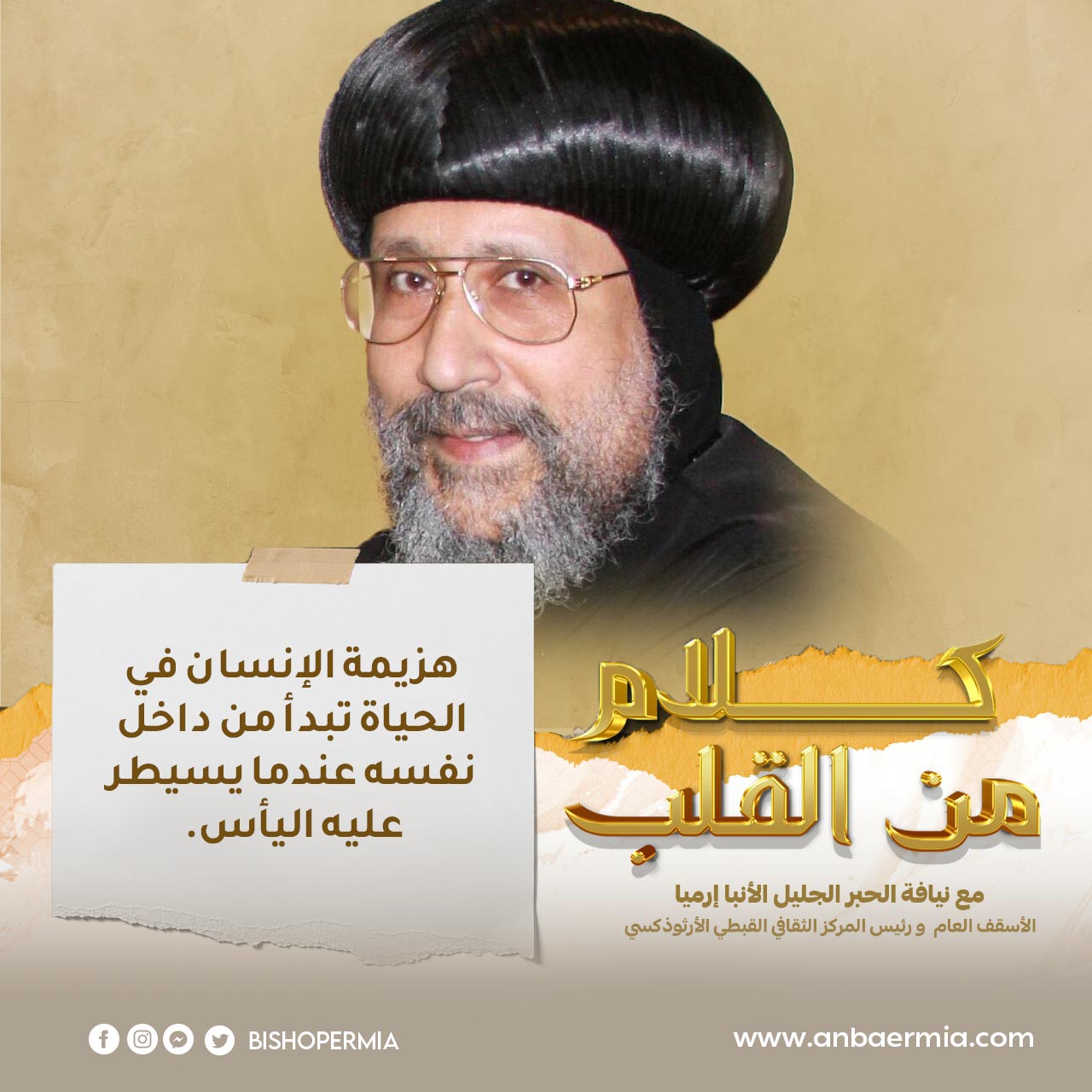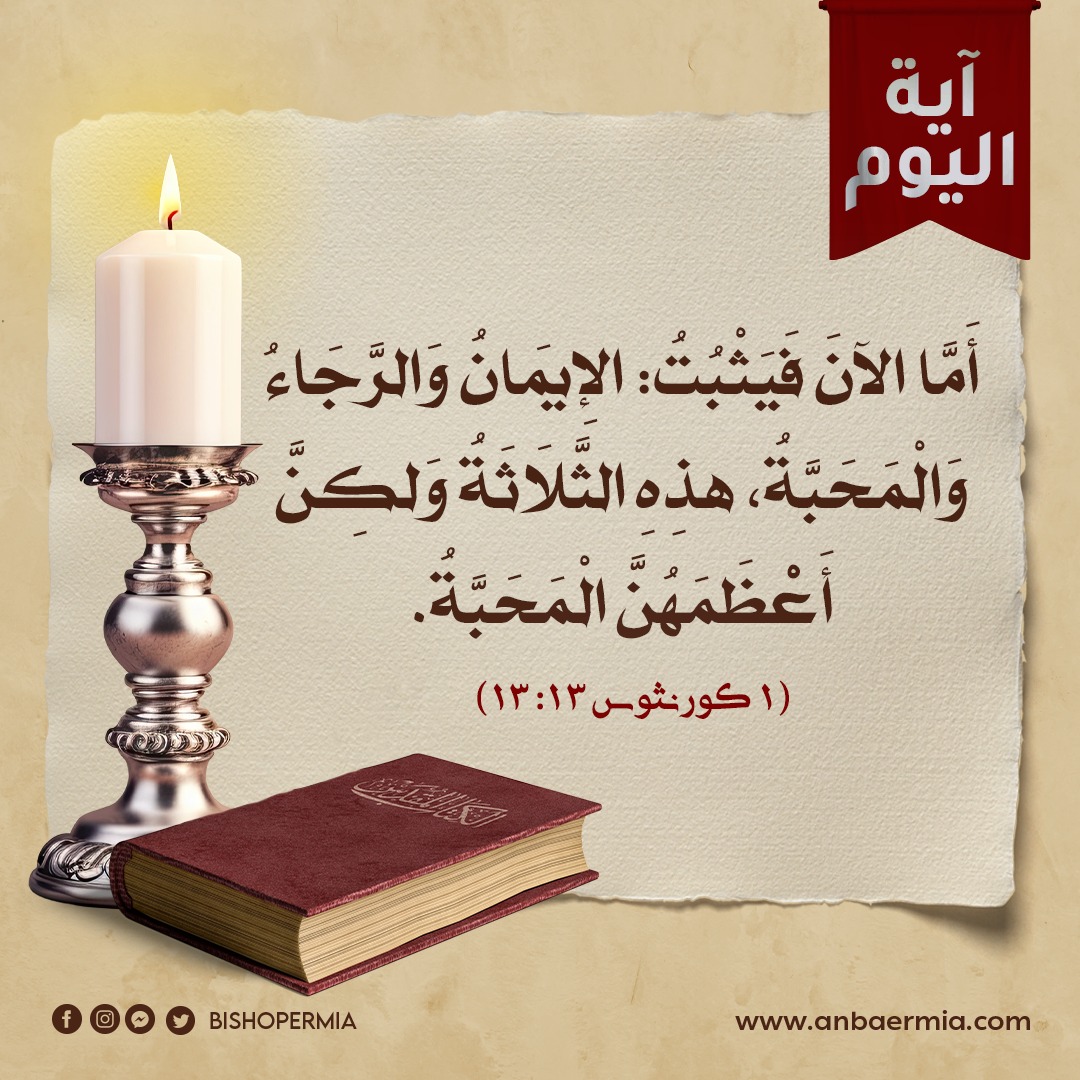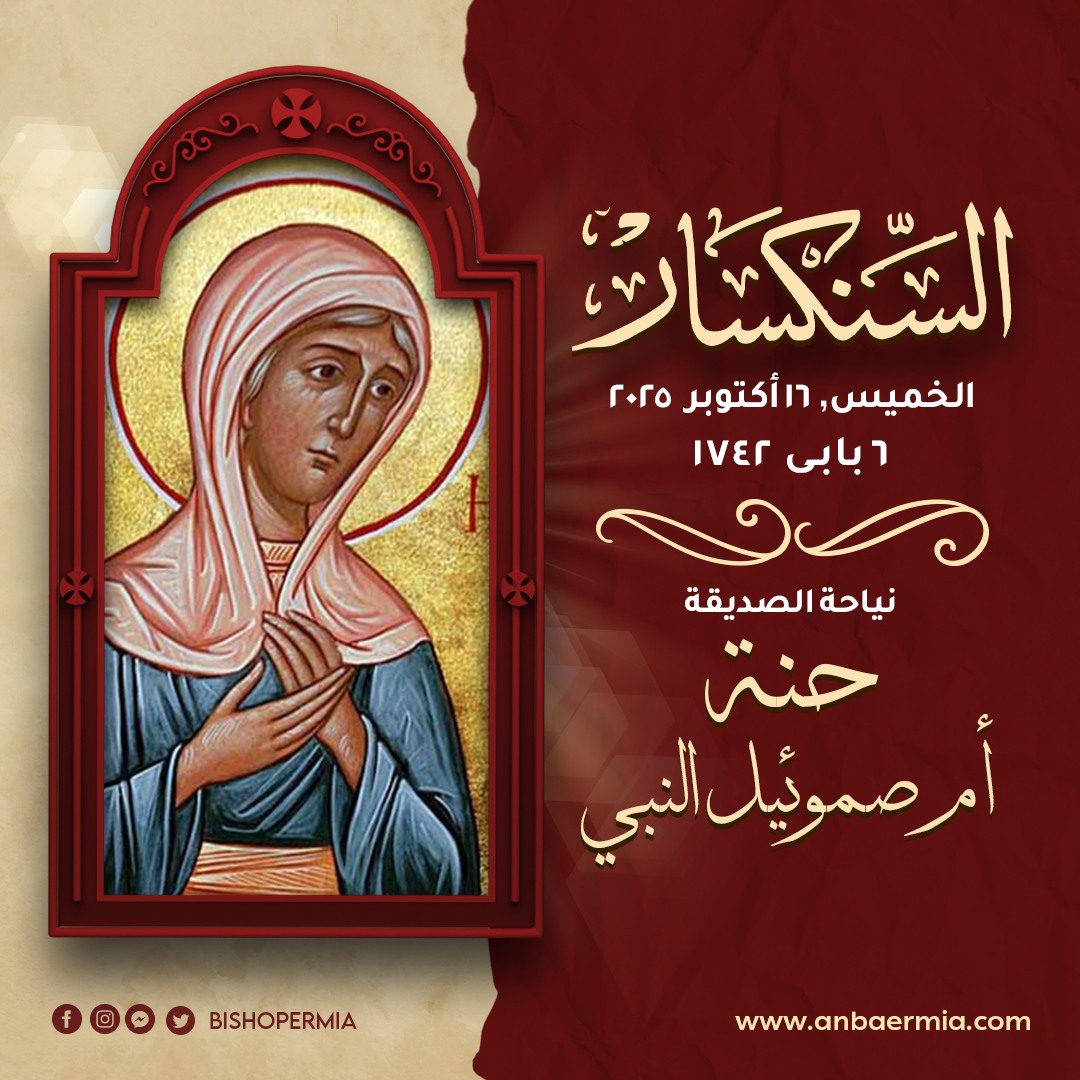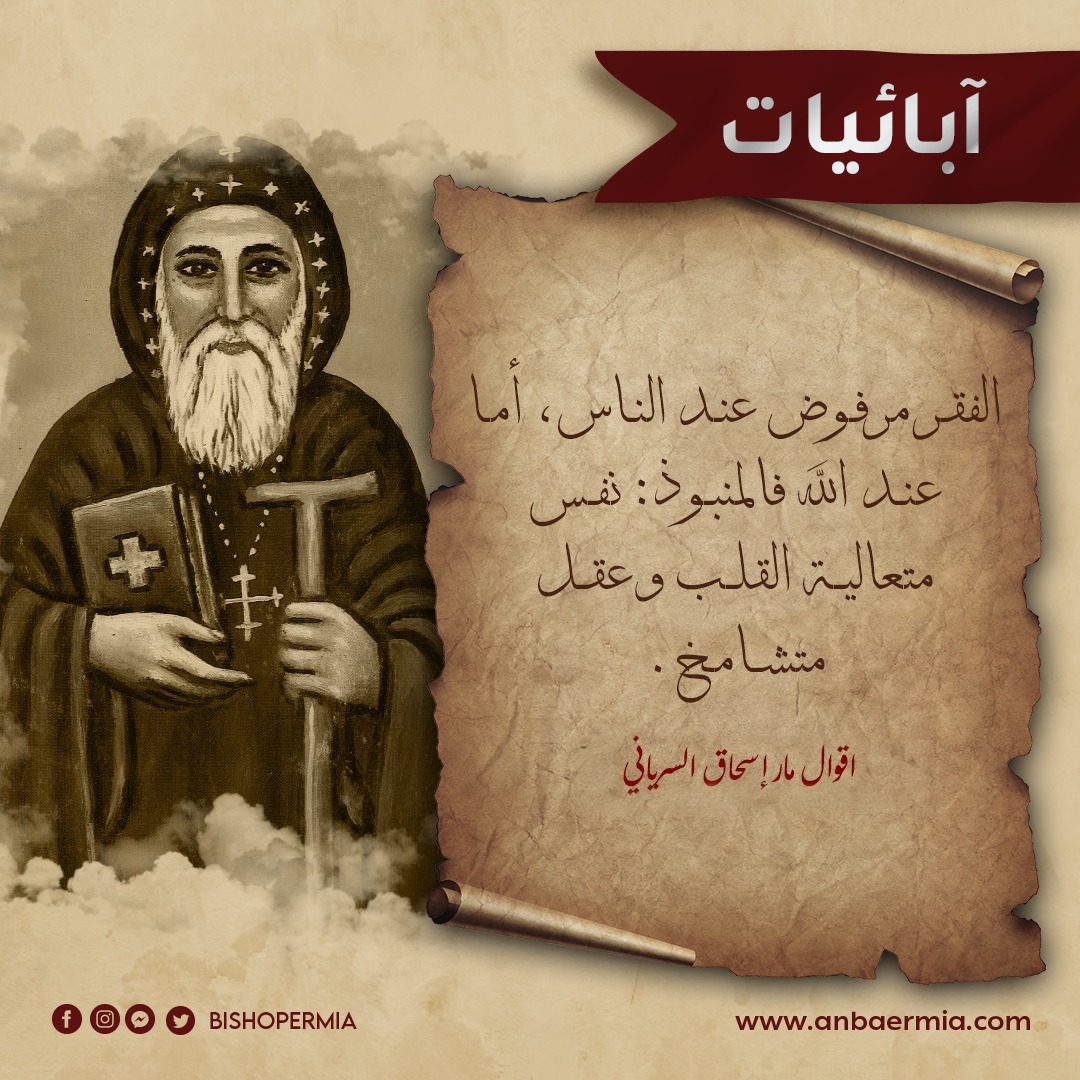Our topic last week was about the Feast of Epiphany and St. John the Baptist: the Forerunner. He lived in the wilderness since his childhood till he came out to people preaching and calling them to repent and return to God. King Herod ordered the imprisonment of this saint as he opposed his marriage to Herodias, his brother’s wife, and then beheaded him; thus, he became a martyr of the truth.
Although the ministry of John the Baptist lasted for six months, his fervent message ignited hearts and led many back to a deeper relationship with God. This fiery servant consecrated his life to God, renouncing marriage and leading life of celibacy. Since Egypt had embraced Christianity on its land, she became the birthplace of monasticism that extended to the whole world. Monasticism extended deep into the Nile Valley, stemming from the Coptic Church that is founded by St. Mark in Egypt. Monasticism was a gift from the Coptic Church not only to Egypt but to the entire world. For all Christian monasteries, regardless of their geographical location, are based directly or indirectly on the Egyptian monasticism. Saint Basil, the organizer of the monastic movement in Asia Minor, visited Egypt in 357 AD. Similarly, Saint Jerome, the translator of the Bible into Latin, visited Egypt in 400 AD and detailed his experiences in his letters. Benedict, the founder of Western monasteries in the sixth century, following the example of the Egyptian saint Pachomius, remarked, ‘Whoever seeks to attain the pinnacle of Christian perfection will find the best model to emulate in the life and conduct of the Egyptian fathers’. This is in addition to the visits of an infinite number of hermits to the fathers of the wilderness, to follow through their spiritual life and its discipline.
Monasticism was founded in Egypt in the third century and flourished in the fourth century. St. Abba Anthony “251-356” the father of all monks and the first Christian monk in the world. He was a Copt who lived in Upper Egypt. By the end of the fourth century, hundreds of monasteries and thousands of cells and caves had spread across Egypt, housing ascetics, monks, and hermits. Many of these monasteries are still thriving today with hundreds of monastic fathers, and many seekers of monastic life continue to come to them.
Monastic life has its roots in the life of the Church, with its roots extending back to the New Testament. The Lord Jesus spoke of those who would accept the life of virginity for the sake of eternal life in the Kingdom of Heaven. This led the Apostle Paul to praise the life of asceticism and devotion to God, for which the Prophet Elijah and John the Baptist were models.
Before the emergence of monasticism in Egypt, the land had witnessed centuries of gruesome martyrdom, where the Coptic Church was drenched in the blood of countless martyrs. Monasticism was the next step, a way for the Copts of Egypt to express their disdain for the world’s temptations and pleasures, demonstrating the depth of their love for God. It was fittingly seen as the legitimate offspring of martyrdom, a kind of ‘white martyrdom’ (without the shedding of blood). While the martyrs gave their lives for their faith, the monks consecrated their lives by leaving the world for the sake of their love for God. Monasticism became a philosophy of renunciation: forsaking the things of the world and the flesh in favor of the spirit and constant growth in the life with God.
Monastic life is rooted in three fundamental vows: celibacy, opted poverty, and complete obedience. This spiritual path is inspired by the words of Jesus Christ “One thing you lack: Go your way, sell whatever you have and give to the poor, and you will have treasure in heaven and come, take up the cross, and follow Me.” “If anyone desires to come after Me, let him deny himself, and take up his cross daily, and follow Me.” These vows represent a radical renunciation of the self and a complete commitment to God. By embracing celibacy, monks and nuns forsake the pursuit of earthly pleasures and focus entirely on spiritual growth. Through voluntary poverty, they detach themselves from material possessions, recognizing that true wealth is found in their relationship with God. Obedience, in turn, signifies a willingness to submit one’s will to a higher authority, symbolizing the surrender of one’s life to God’s purpose.
As St. Basil the Great noted, those who embark on the monastic journey must possess a steadfast mind and undergo rigorous spiritual training. Monastic life is not for the faint of heart; it demands a lifelong commitment to spiritual growth and a willingness to confront one’s own limitations. Through the practice of these vows and the guidance of a spiritual director, monks and nuns strive to attain a deeper union with God.Therefore, monastic life requires people who dedicate their lives and offer themselves solely for God. As Saint Basil said that before all else, he who advances to the virtue of monasticism must have a steadfast mind, so that he does not turn back. He has to offer total obedience his chiefs and test all things if they are serving the goal of his eternal life. He also has to train his flesh and psyche before entering the vow and carrying the responsibility of monasticism. As for St. Anthony…. our conversation is to be continued…
For stories of “Beautiful Egypt” are ceaseless!
The General Bishop
Head of the Coptic Orthodox Cultural Center









